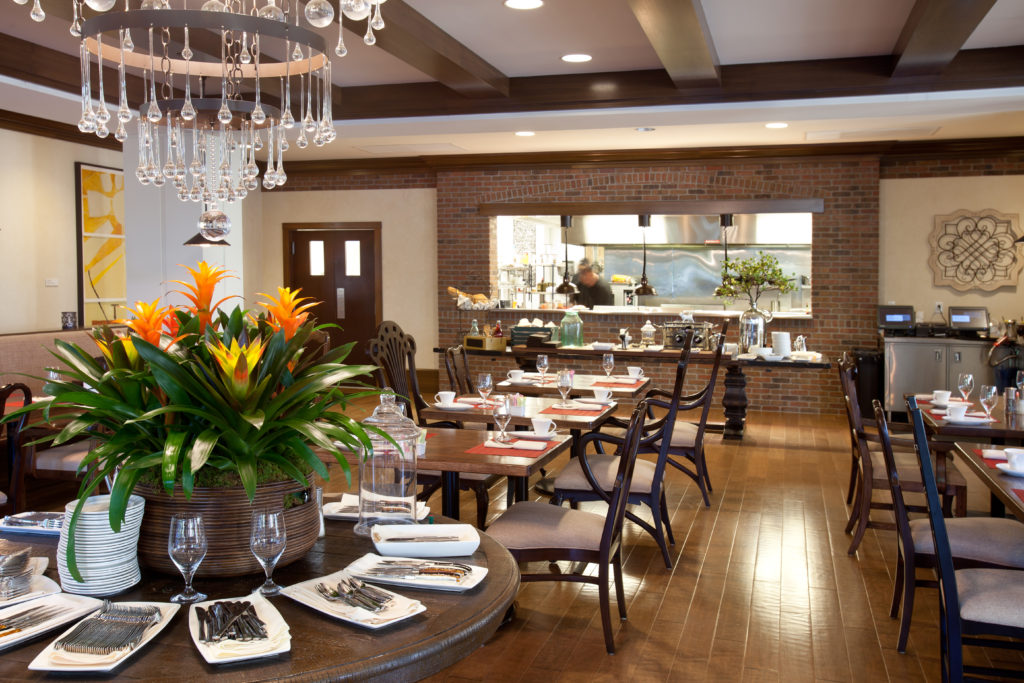Color Scheme
When designing a living room, one of the first elements to consider is the color scheme. The colors you choose will set the tone for the entire space and can greatly impact the mood and atmosphere. It's important to choose a color scheme that reflects your personal style and complements the function of the room.
Neutral tones such as beige, gray, and white can create a sense of calm and relaxation, while bolder colors like red, blue, or green can add energy and personality to the room. Consider using a combination of colors to create a visually interesting and balanced space.
Furniture Placement
The placement of furniture in a living room is crucial for both functionality and aesthetic appeal. It's important to consider the flow of the room and arrange furniture in a way that promotes conversation and makes the space feel open and inviting.
Start by positioning the largest pieces of furniture such as the sofa and armchairs, and then fill in the gaps with smaller pieces like side tables and ottomans. Make sure to leave enough space to move around the room comfortably and avoid clutter by not overcrowding the space.
Lighting
Lighting is an essential element of design in any room, but it plays a particularly important role in the living room. It can enhance the mood and create ambiance, as well as highlight specific areas or art pieces in the room.
Consider incorporating multiple light sources, such as ceiling lights, floor lamps, and table lamps, to add depth and dimension to the room. Dimmer switches can also be a great addition, allowing you to adjust the lighting according to the time of day and desired atmosphere.
Texture
Texture is an often overlooked element of design, but it can add visual interest and depth to a living room. Incorporating different textures through textiles, such as throw pillows and rugs, can add warmth and coziness to the space.
Consider mixing soft fabrics like velvet or faux fur with rough textures like jute or burlap to create a balanced and inviting atmosphere. Don't be afraid to play with contrasting textures to add dimension and character to the room.
Balance
Balance is a key element of design that refers to the distribution of visual weight in a room. It's important to create a sense of balance in a living room to avoid the space feeling too heavy or too light.
This can be achieved by distributing furniture and decorative elements evenly throughout the room and using symmetry in the design. For example, if you have a large sofa on one side of the room, balance it out with a pair of armchairs on the other side.
Proportion
Proportion is closely related to balance and refers to the size and scale of objects in a room in relation to each other. It's important to choose furniture and decorative pieces that are in proportion with the size of the room.
Avoid using oversized furniture in a small living room, as it can make the space feel cramped and unbalanced. Instead, opt for smaller-scale pieces that fit the room comfortably and leave enough space for movement.
Contrast
Adding contrast to a living room can create a dramatic and visually appealing space. This can be achieved through contrasting colors, textures, and patterns.
For example, if your color scheme is mainly neutral, consider adding a bold pop of color through a statement piece of furniture or bold patterned throw pillows. This will create a visual contrast and add interest to the room.
Emphasis
Emphasis is a design element that draws the viewer's attention to a specific area or object in a room. In a living room, this could be a fireplace, art piece, or statement furniture.
Use lighting, color, or placement to create emphasis in the room. For example, highlighting a wall with a bold color can draw attention to a fireplace on that wall, making it a focal point in the room.
Unity
Unity refers to the cohesiveness and harmony of a room's design. It's important to create a sense of unity in a living room to make it feel balanced and well put together.
This can be achieved by repeating colors, patterns, or textures throughout the room. It's also important to consider the overall style of the room and choose furniture and decor that complement each other.
Functionality
Last but certainly not least, functionality is a crucial element to consider when designing a living room. While aesthetics are important, the room should also serve its intended purpose and be comfortable and practical for everyday use.
When choosing furniture, consider its function and how it will be used. For example, if you like to entertain, make sure there is enough seating for guests. If the room is used for relaxation, choose comfortable and cozy pieces that will promote relaxation.
Creating a Color Scheme
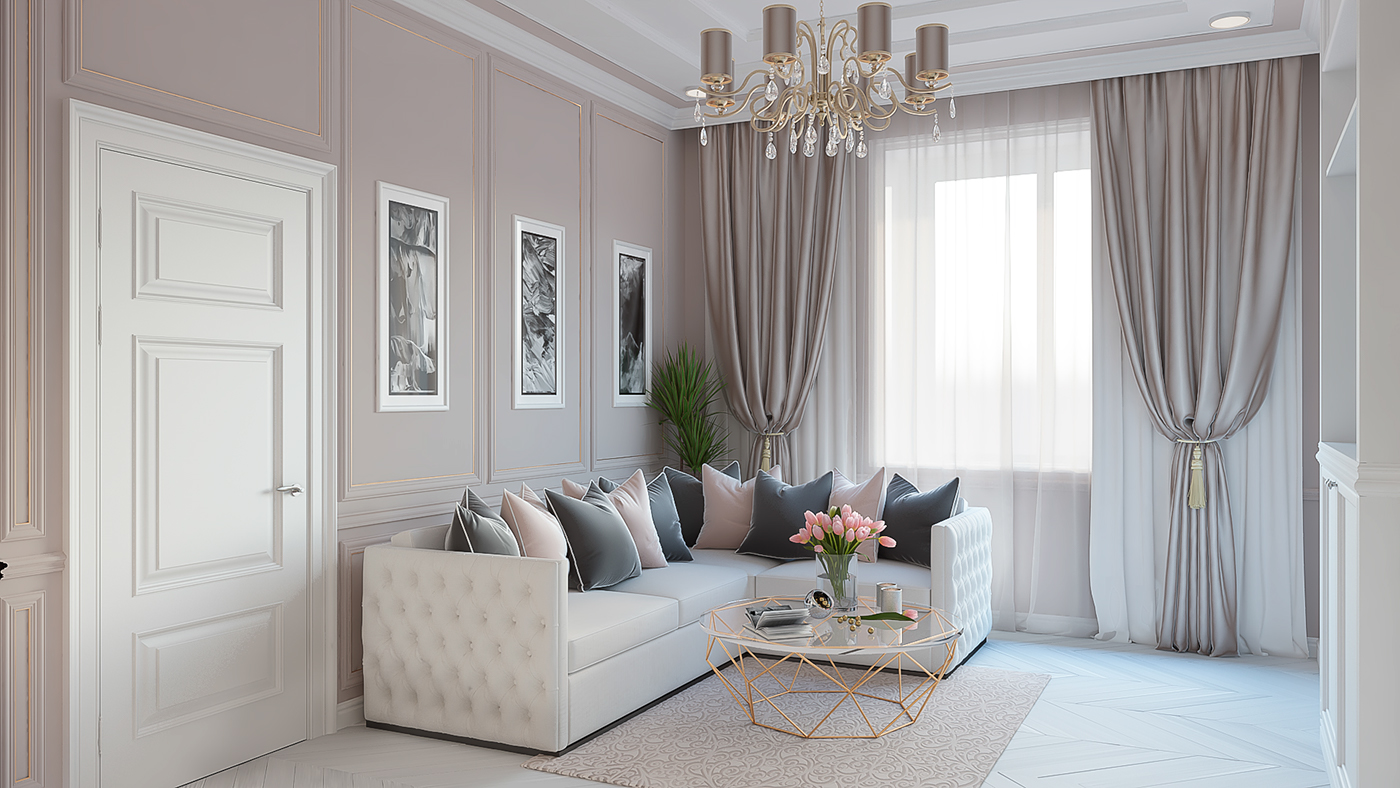
Choose a Dominant Color
 When designing a living room, one of the first things to consider is the color scheme. This will set the tone and mood for the entire room.
Neutral colors
such as beige, gray, or white are great choices for a timeless and versatile look. However, if you want to make a statement, opt for a bold and
energetic color
like red, blue, or green. These colors can add personality and create a focal point in the room.
When designing a living room, one of the first things to consider is the color scheme. This will set the tone and mood for the entire room.
Neutral colors
such as beige, gray, or white are great choices for a timeless and versatile look. However, if you want to make a statement, opt for a bold and
energetic color
like red, blue, or green. These colors can add personality and create a focal point in the room.
Complement with Accent Colors
 Once you have chosen a dominant color, it's time to add some depth and interest with accent colors. These can be
complementary colors
that are opposite on the color wheel, such as blue and orange, or
analogous colors
that are next to each other, like blue and purple. You can also choose
neutral accent colors
like black or metallics to add a touch of sophistication.
Once you have chosen a dominant color, it's time to add some depth and interest with accent colors. These can be
complementary colors
that are opposite on the color wheel, such as blue and orange, or
analogous colors
that are next to each other, like blue and purple. You can also choose
neutral accent colors
like black or metallics to add a touch of sophistication.
Consider the Room's Purpose
 When selecting a color scheme, it's important to consider the purpose of your living room.
Warm colors
like red, yellow, and orange can create a cozy and inviting atmosphere, perfect for a family room.
Cool colors
like blue, green, and purple can promote relaxation and tranquility, making them ideal for a
living room
that doubles as a
workspace
.
Neutral colors
can work well for any purpose and can be easily dressed up or down with different accessories.
When selecting a color scheme, it's important to consider the purpose of your living room.
Warm colors
like red, yellow, and orange can create a cozy and inviting atmosphere, perfect for a family room.
Cool colors
like blue, green, and purple can promote relaxation and tranquility, making them ideal for a
living room
that doubles as a
workspace
.
Neutral colors
can work well for any purpose and can be easily dressed up or down with different accessories.
Balance with Neutrals
 While it's important to have a color scheme, it's also essential to incorporate
neutral colors
to create balance and prevent the room from feeling overwhelming. Use
neutral colors
for larger elements such as walls, floors, and furniture. Then, add
pops of color
with pillows, rugs, curtains, and artwork. This will create a cohesive and visually appealing space.
While it's important to have a color scheme, it's also essential to incorporate
neutral colors
to create balance and prevent the room from feeling overwhelming. Use
neutral colors
for larger elements such as walls, floors, and furniture. Then, add
pops of color
with pillows, rugs, curtains, and artwork. This will create a cohesive and visually appealing space.
Final Thoughts
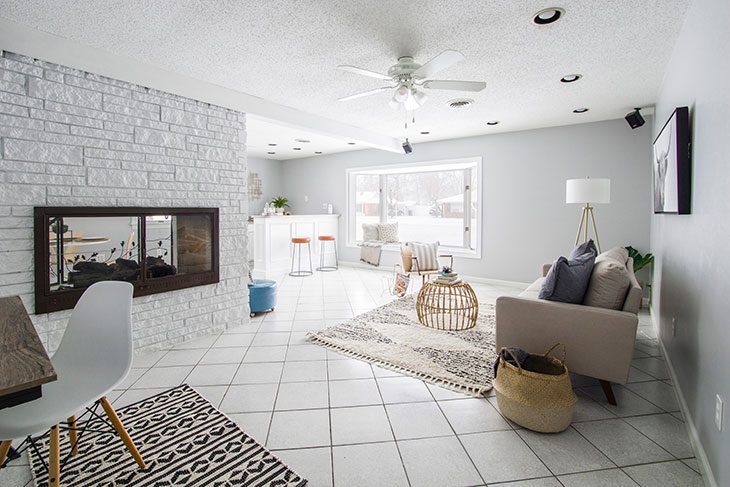 In conclusion, creating a color scheme for your living room is an essential element of design. It sets the tone and mood for the entire room and can greatly impact the overall look and feel. By choosing a dominant color, complementing with accent colors, considering the room's purpose, and balancing with neutrals, you can create a beautiful and functional living room that reflects your personal style. So go ahead and get creative with your color choices and make your living room a space that you love to spend time in.
In conclusion, creating a color scheme for your living room is an essential element of design. It sets the tone and mood for the entire room and can greatly impact the overall look and feel. By choosing a dominant color, complementing with accent colors, considering the room's purpose, and balancing with neutrals, you can create a beautiful and functional living room that reflects your personal style. So go ahead and get creative with your color choices and make your living room a space that you love to spend time in.
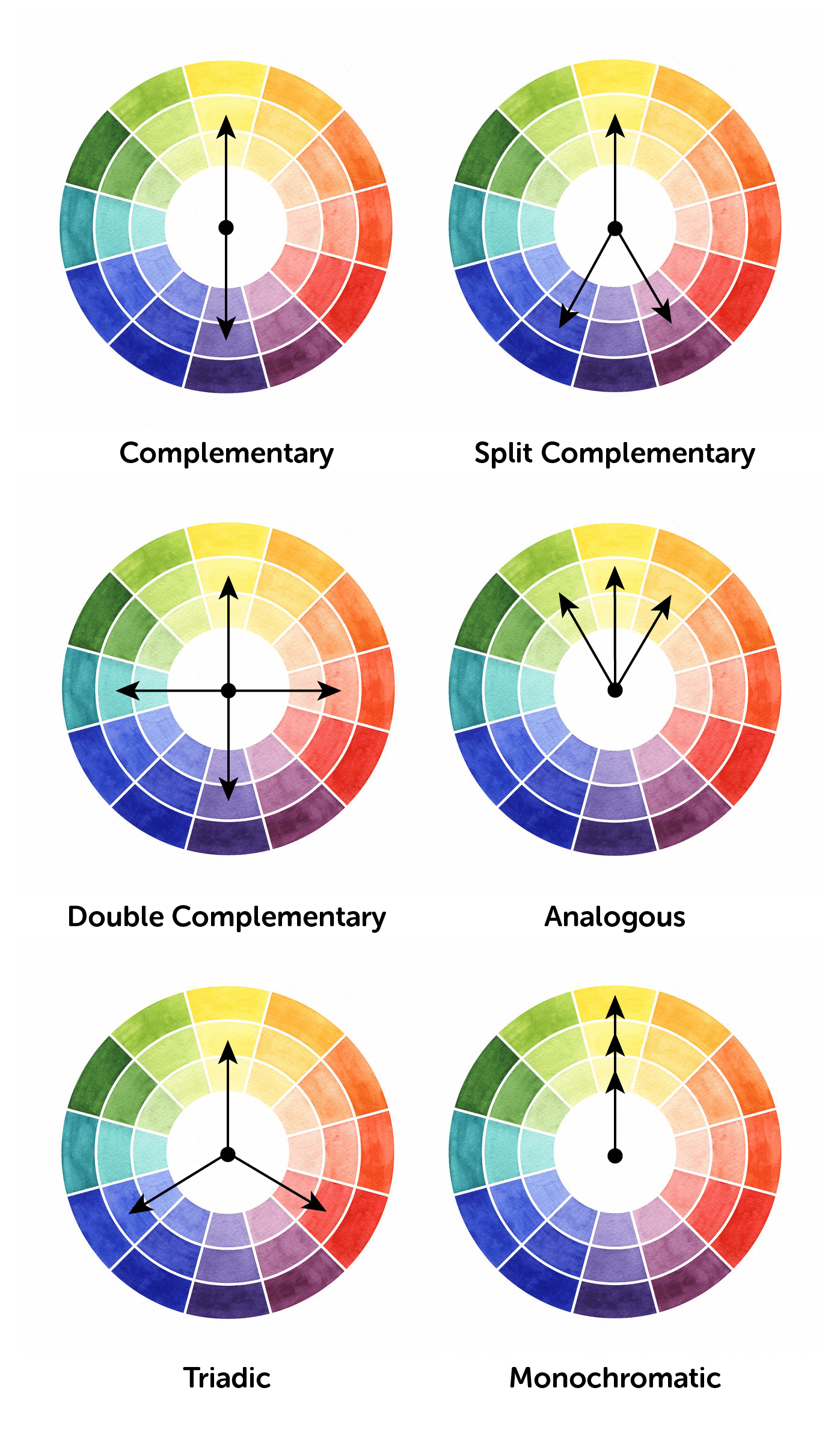



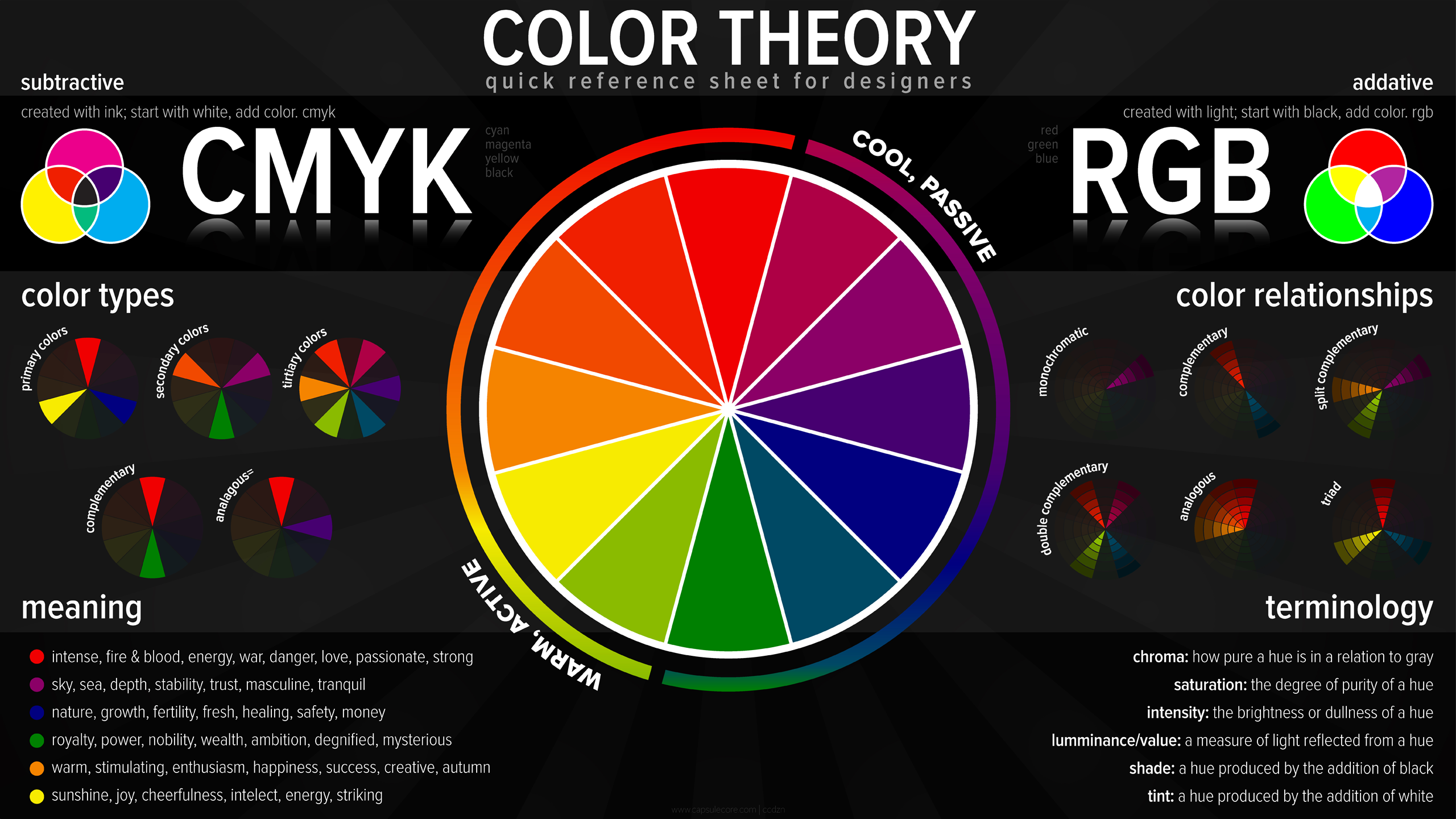






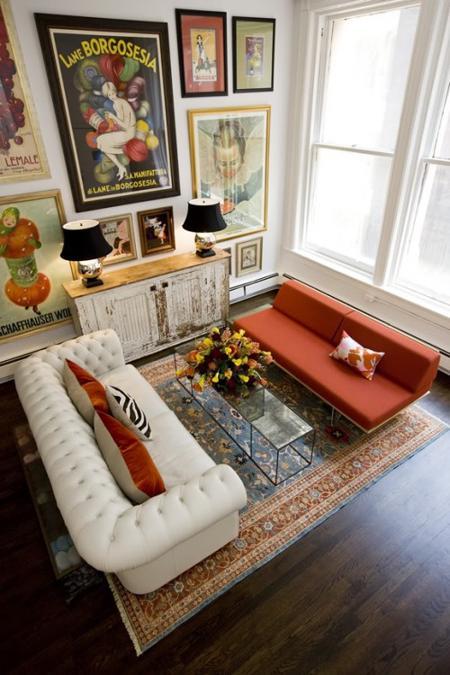


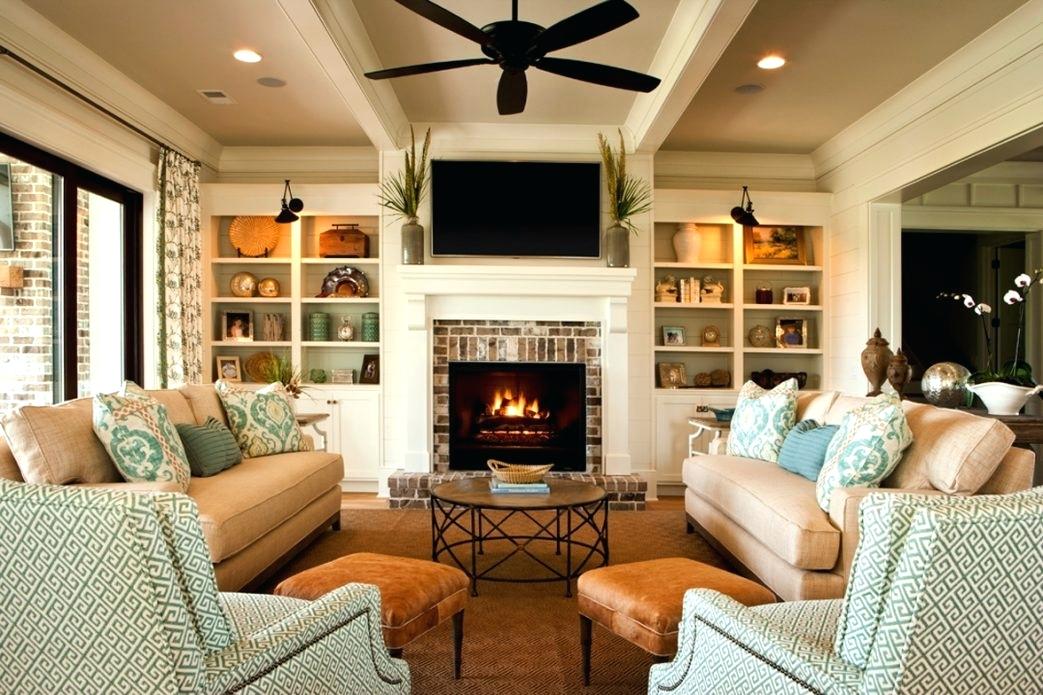
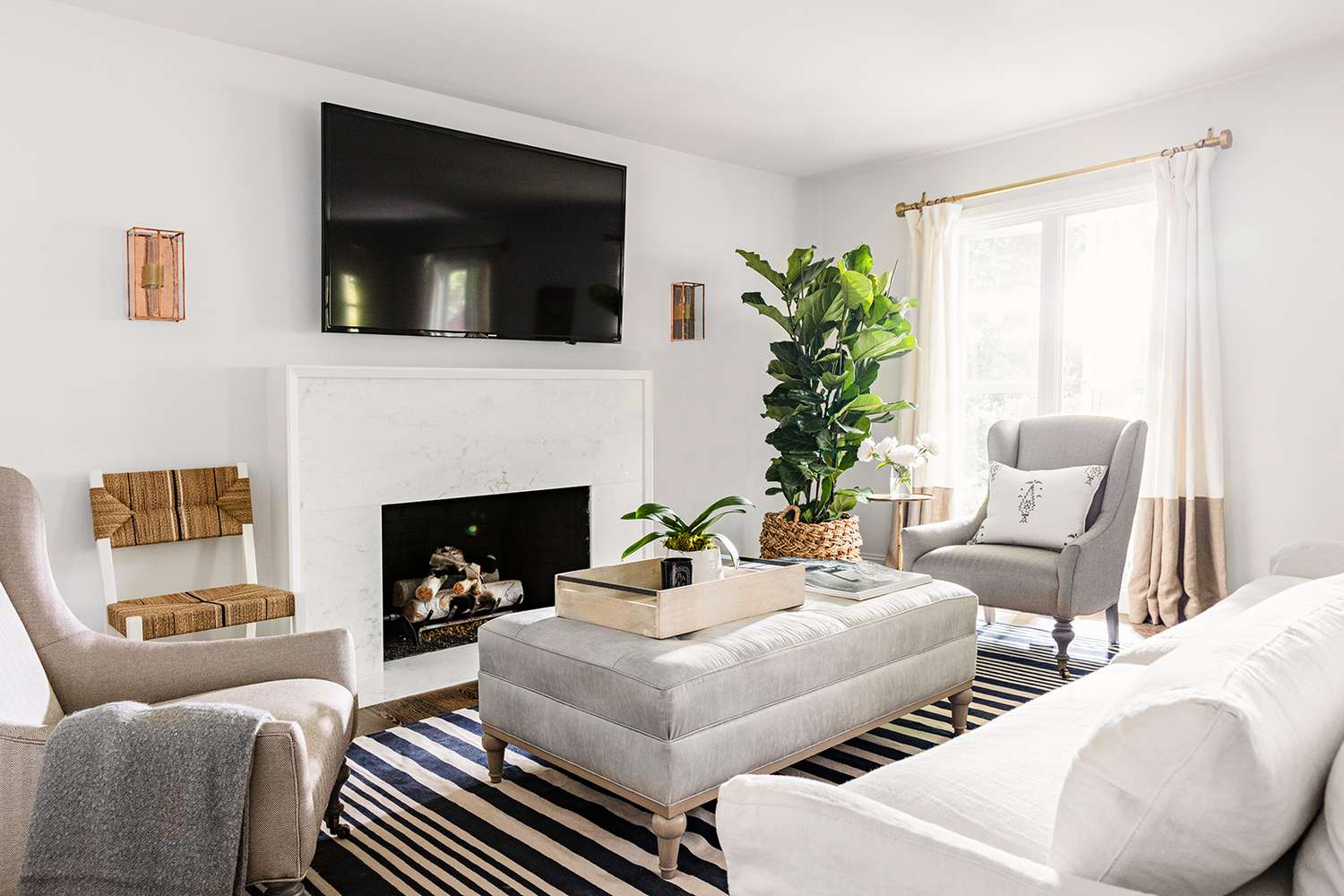
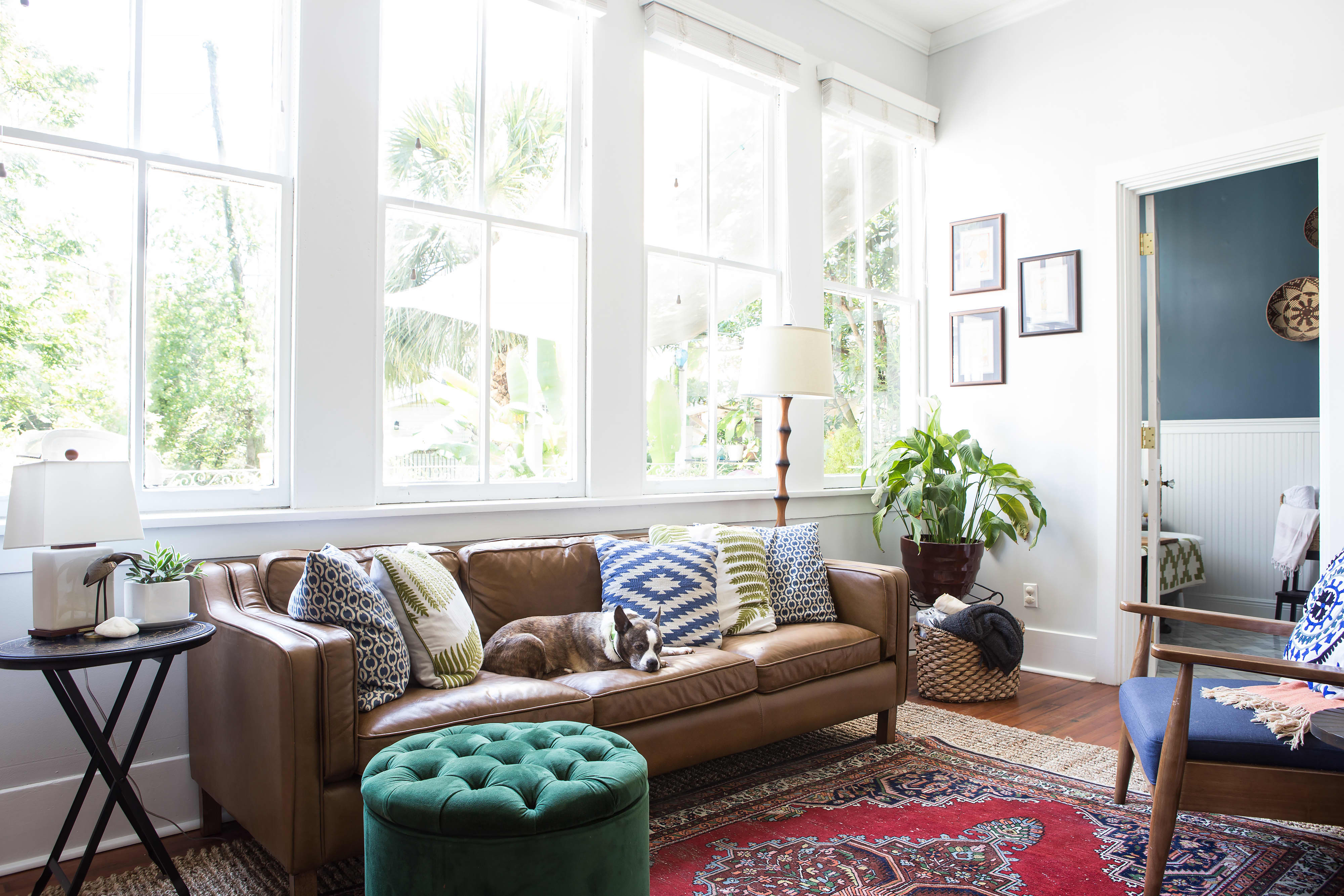




/twenty20_cc649399-40dc-4816-8620-37b365d88f70-5a01d3be22fa3a0037001998.jpg)
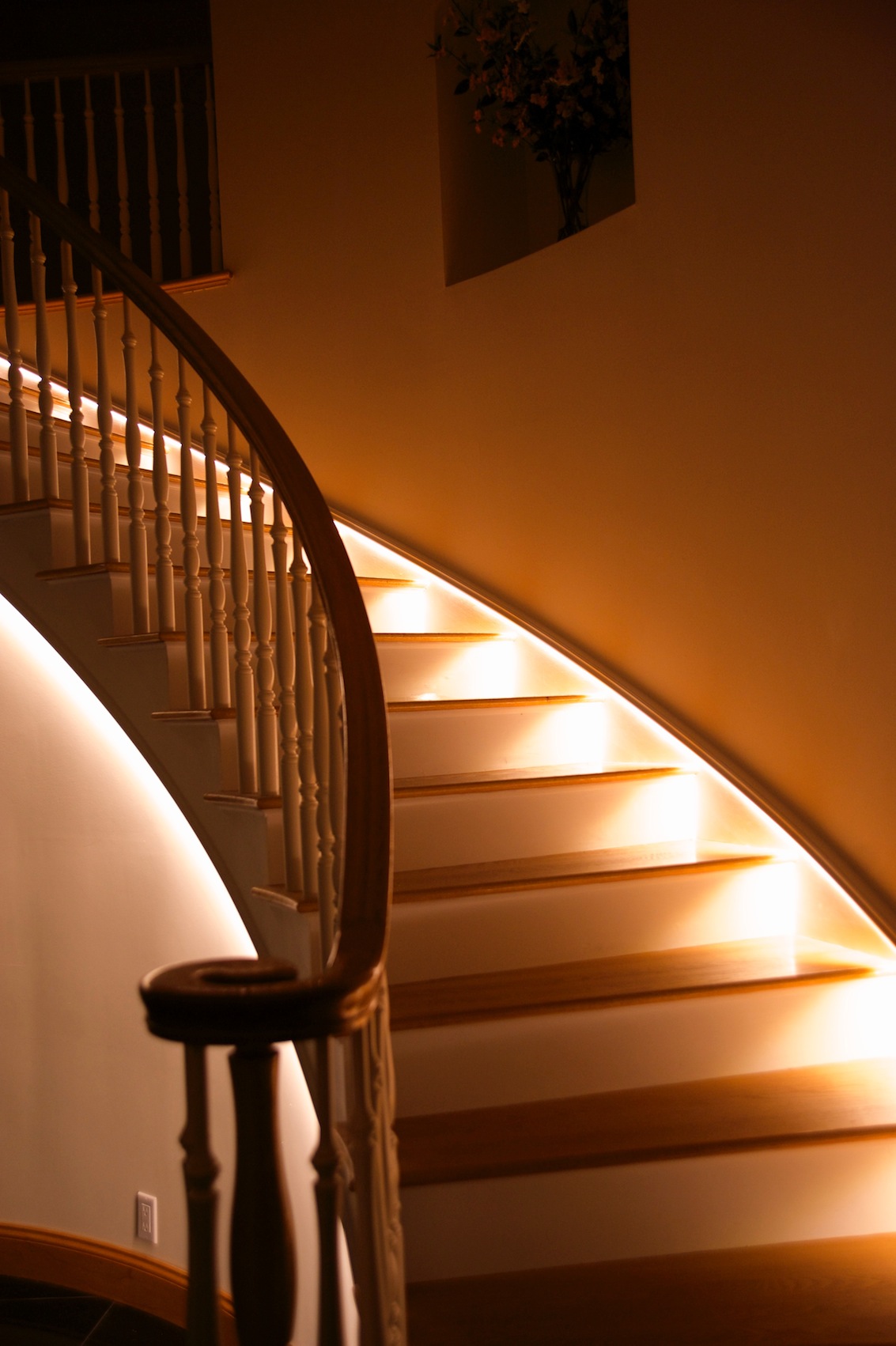
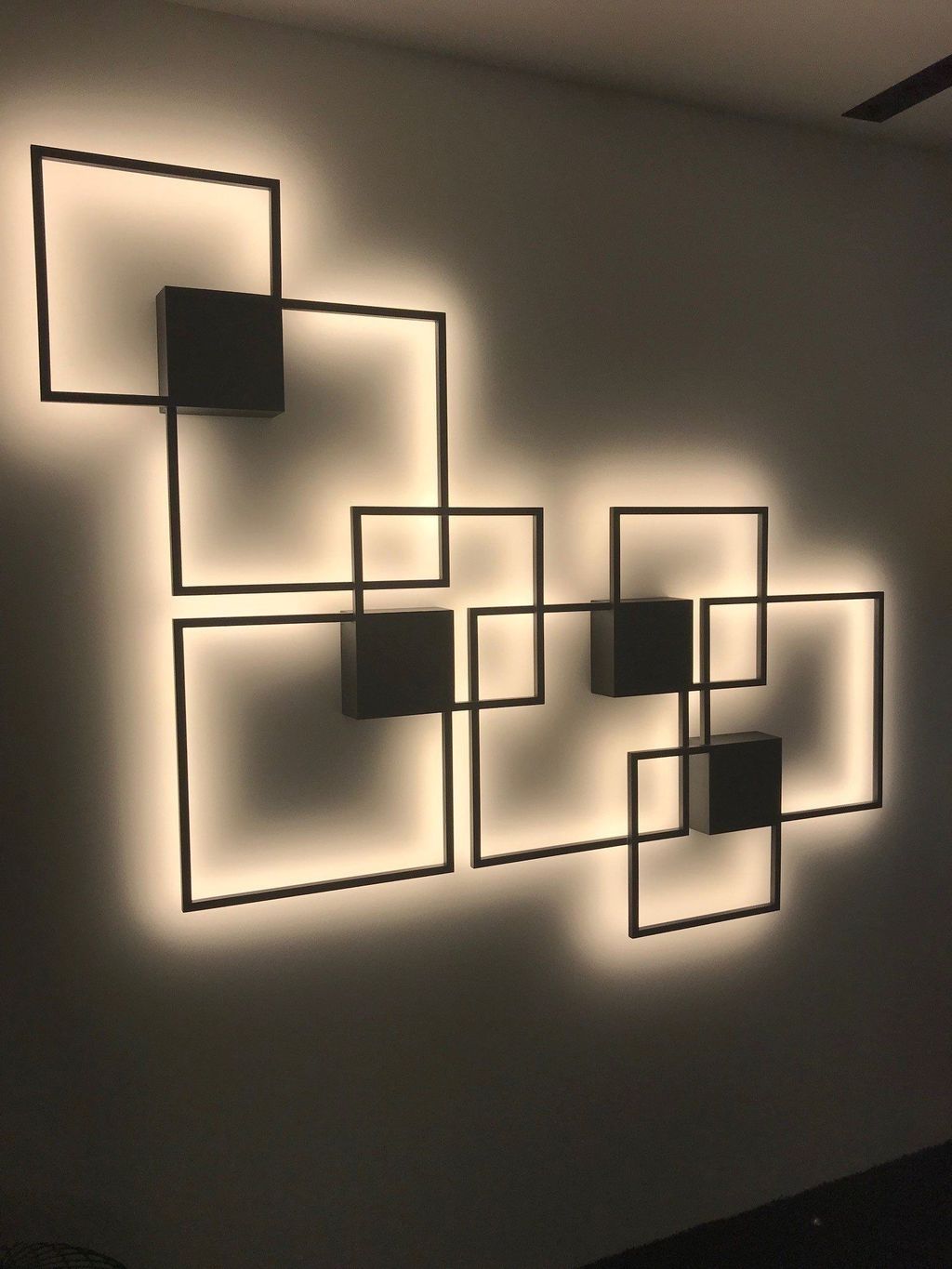

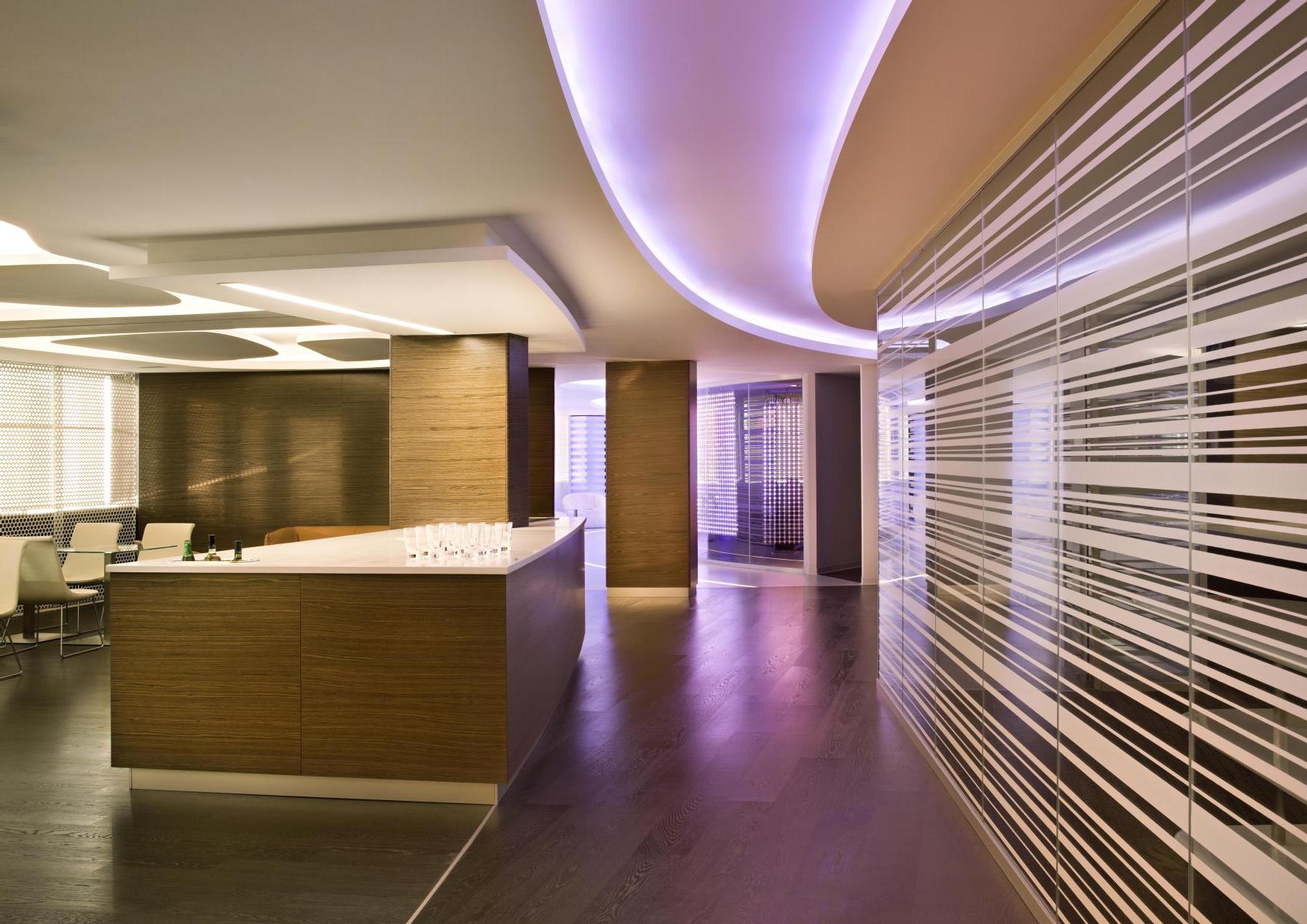
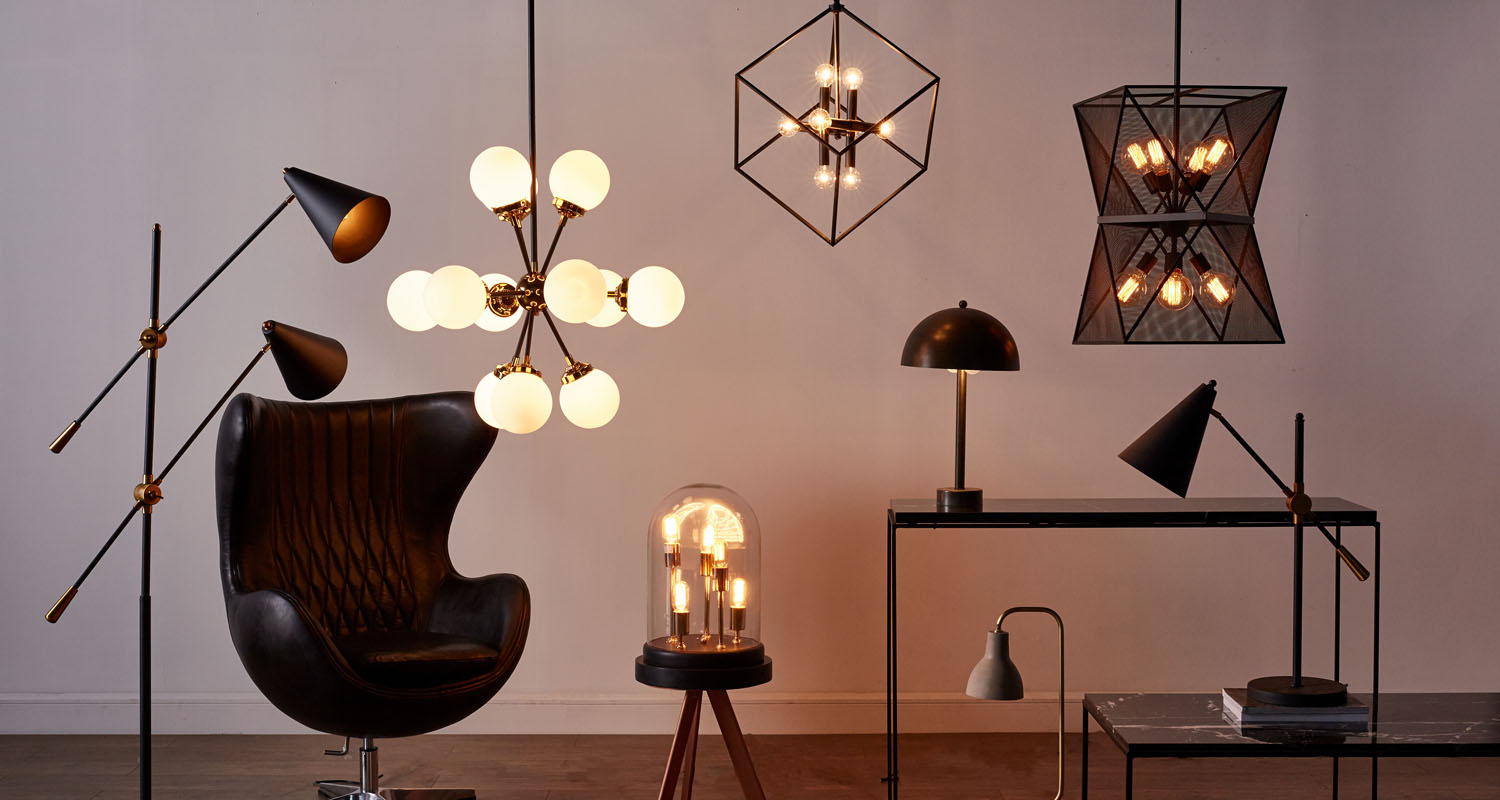

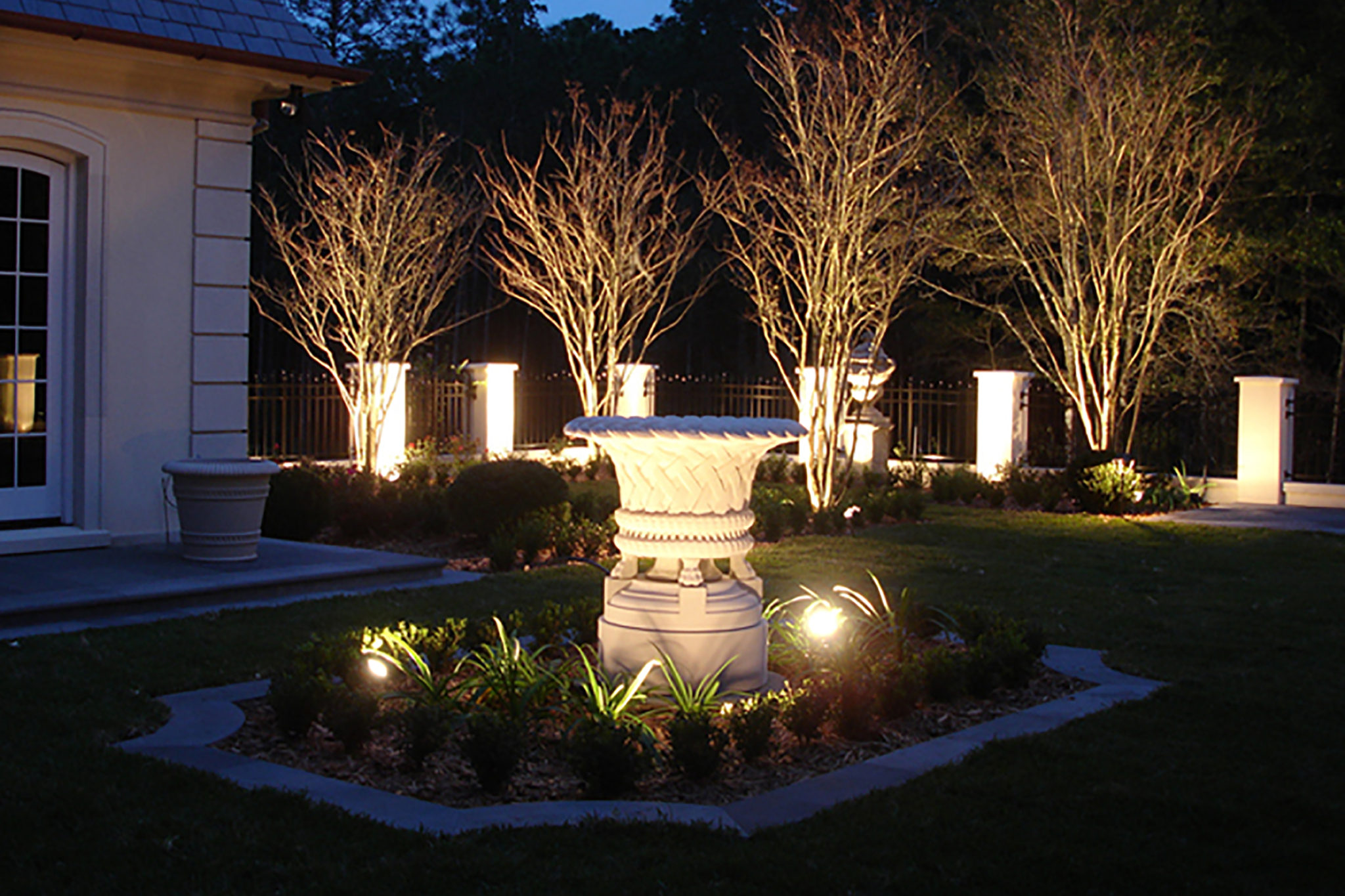

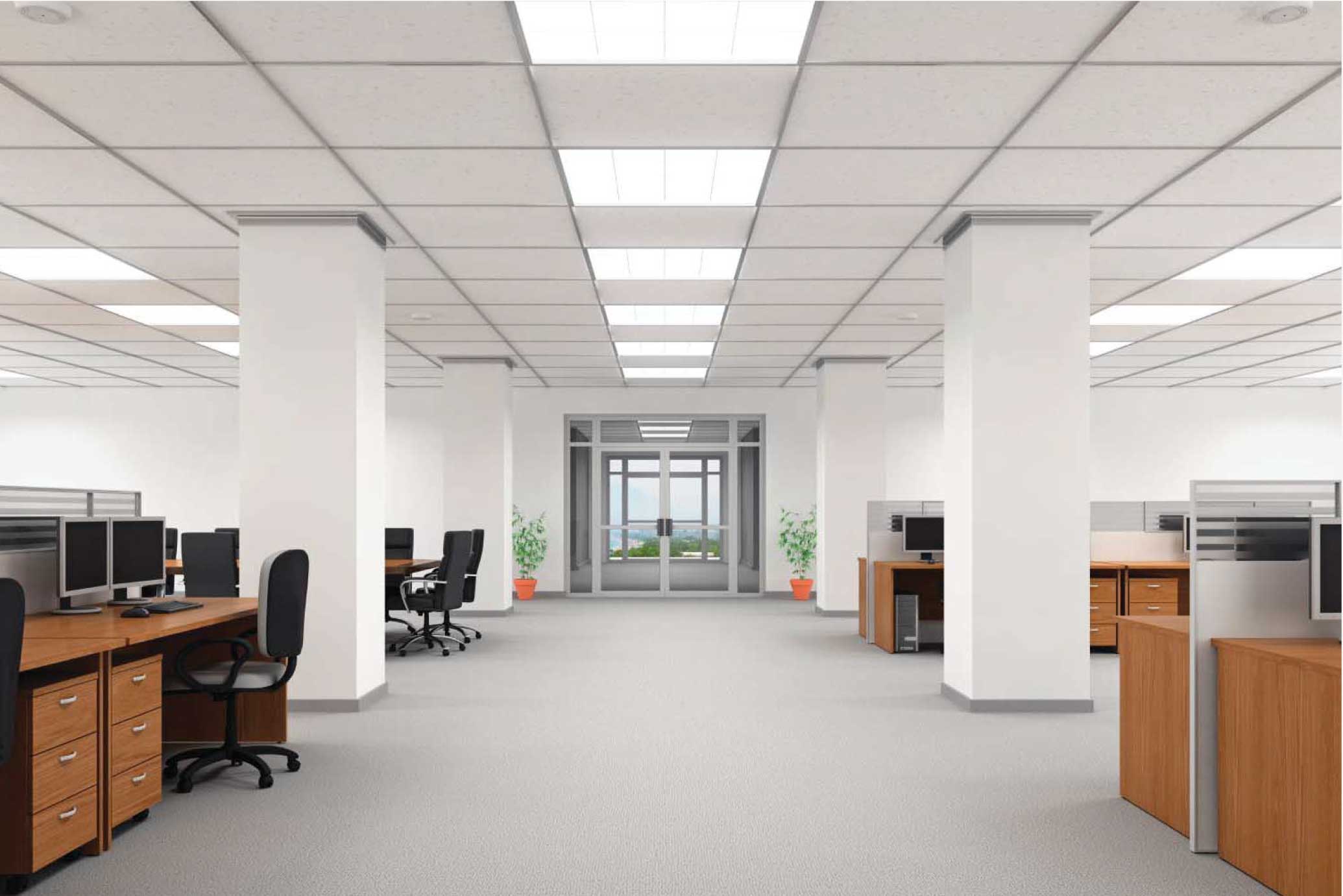
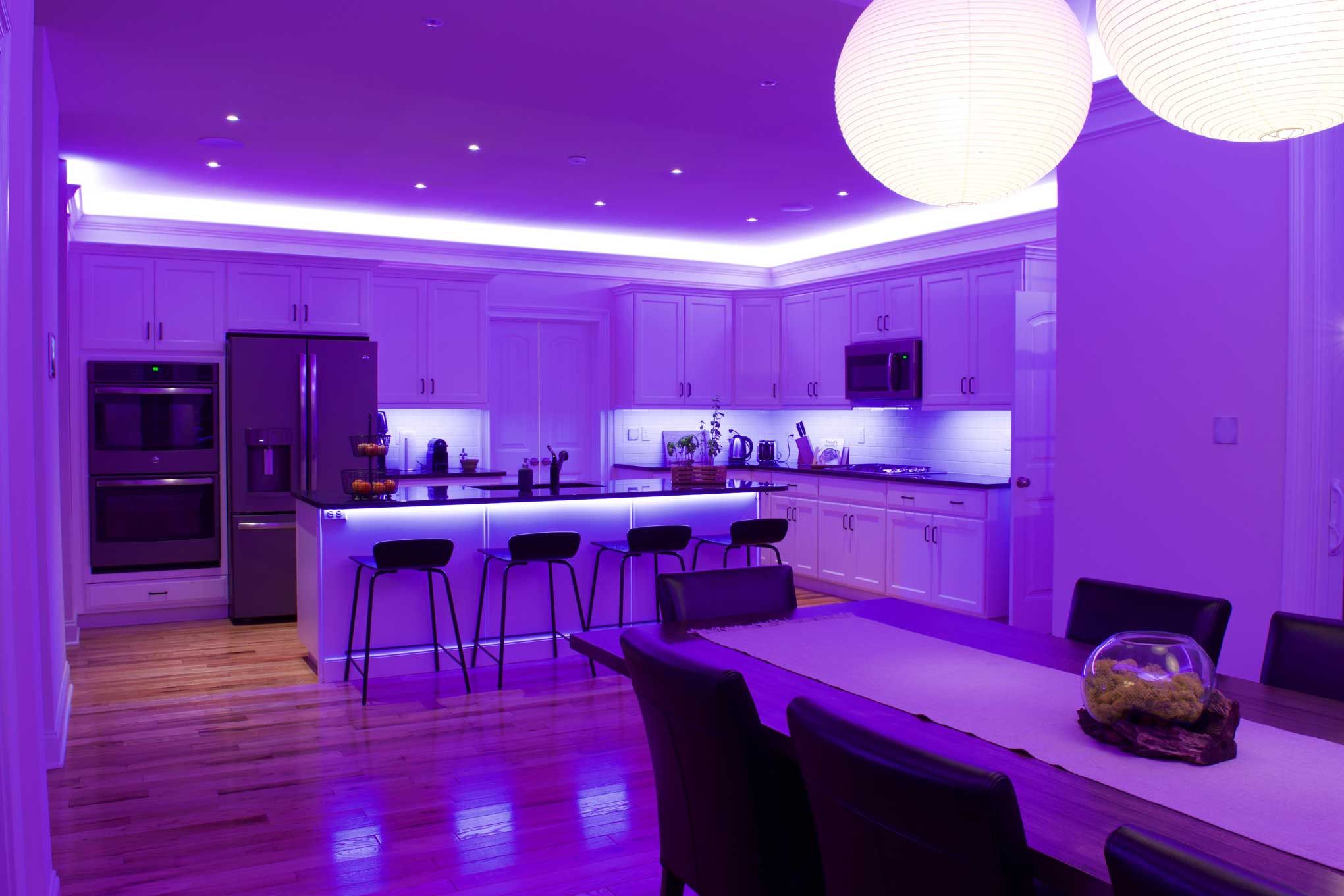

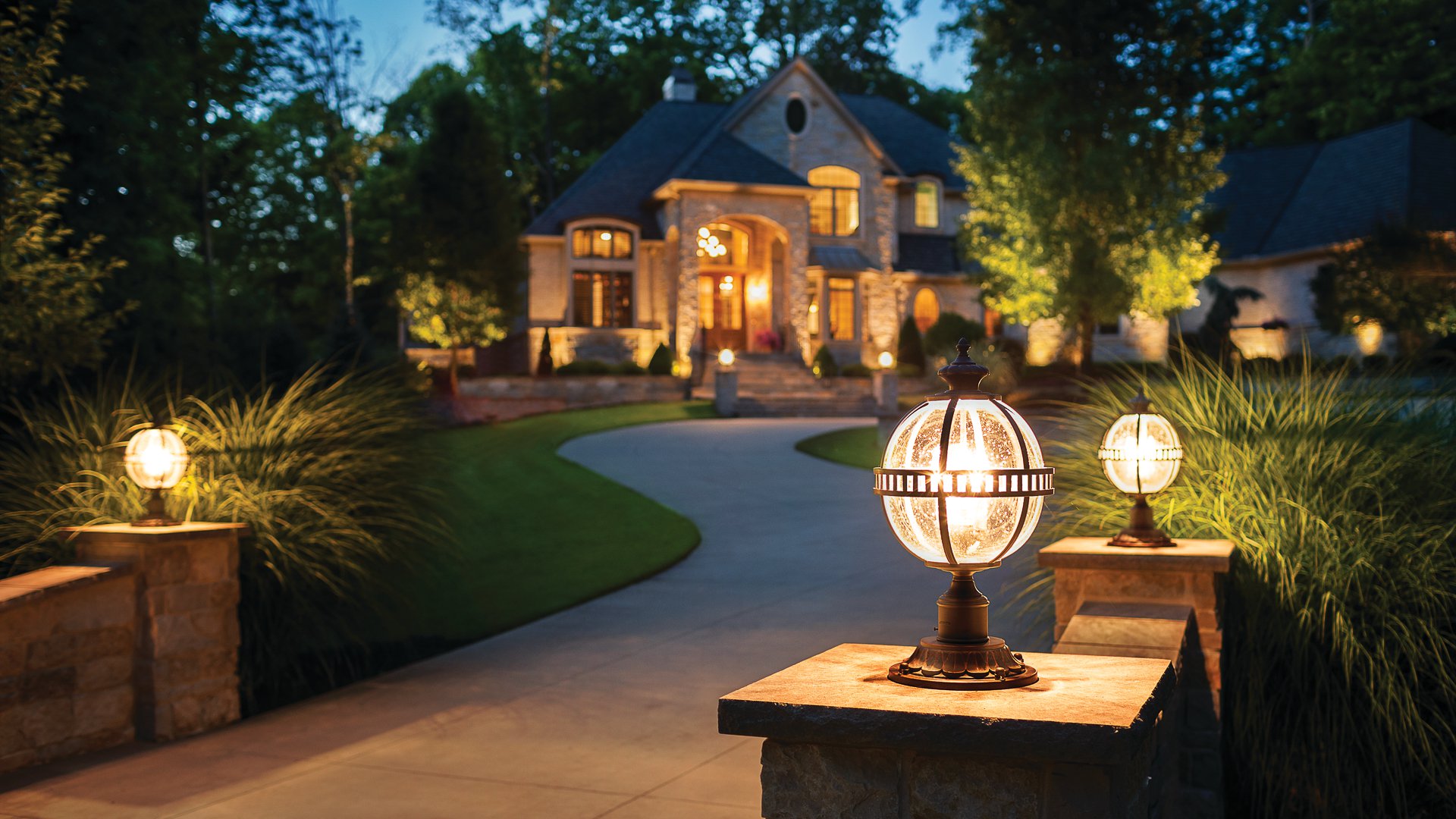































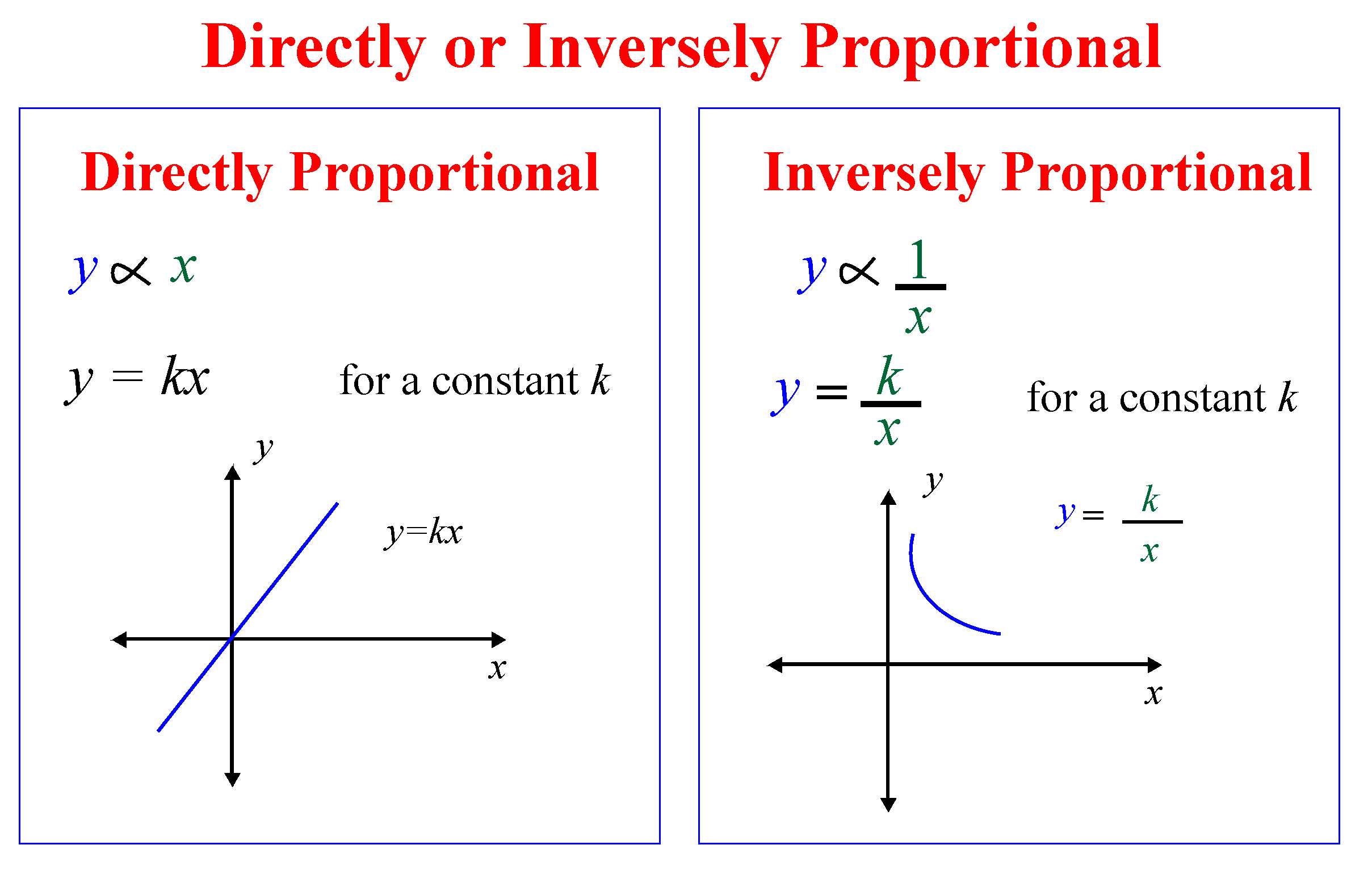

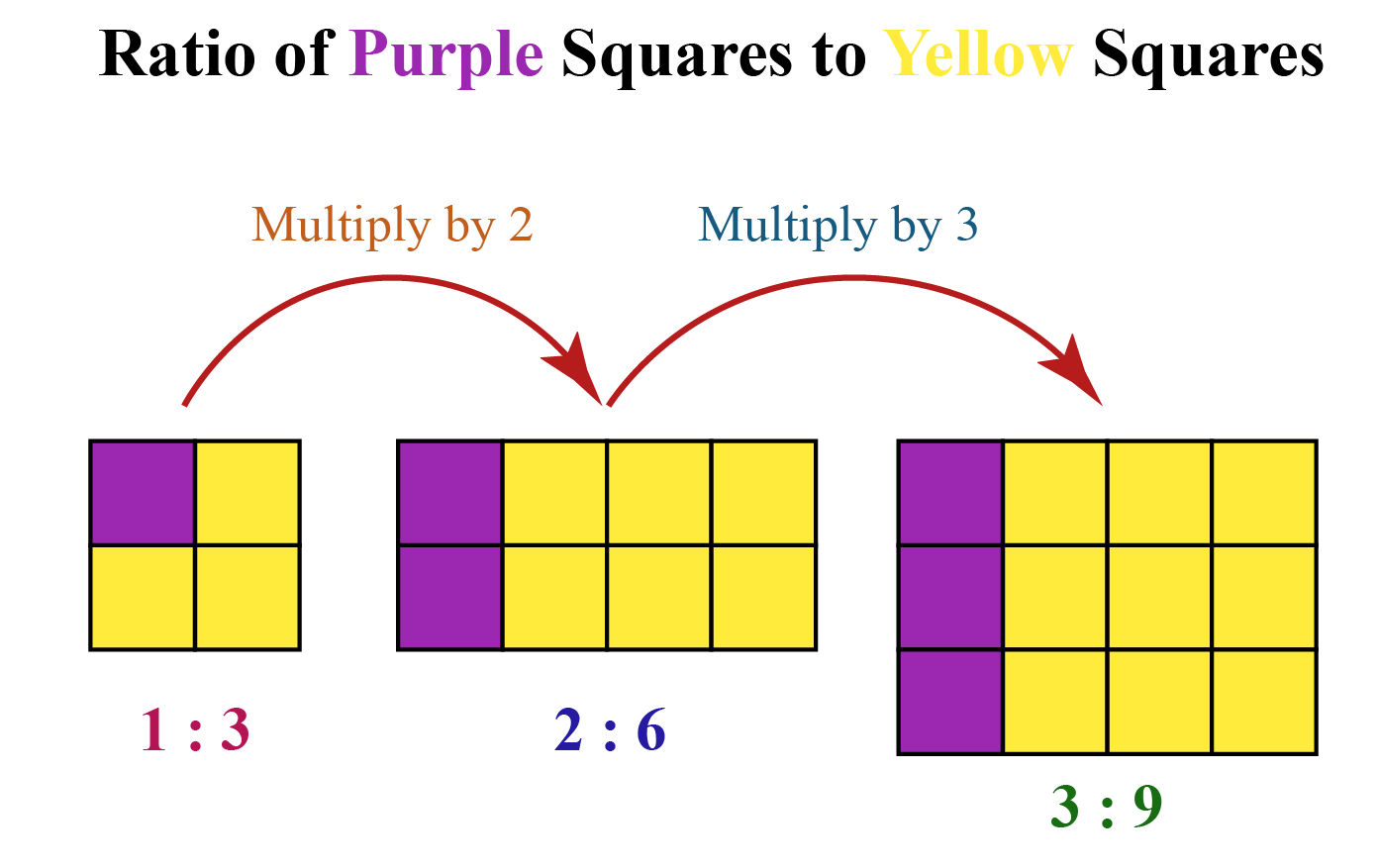
















/Getty_Emphasis-167532036-56afa5cc3df78cf772c714d1.jpg)
/103860482-56a03d613df78cafdaa09dc5.jpg)
























/182786404-56a9f6725f9b58b7d00038e0.jpg)






